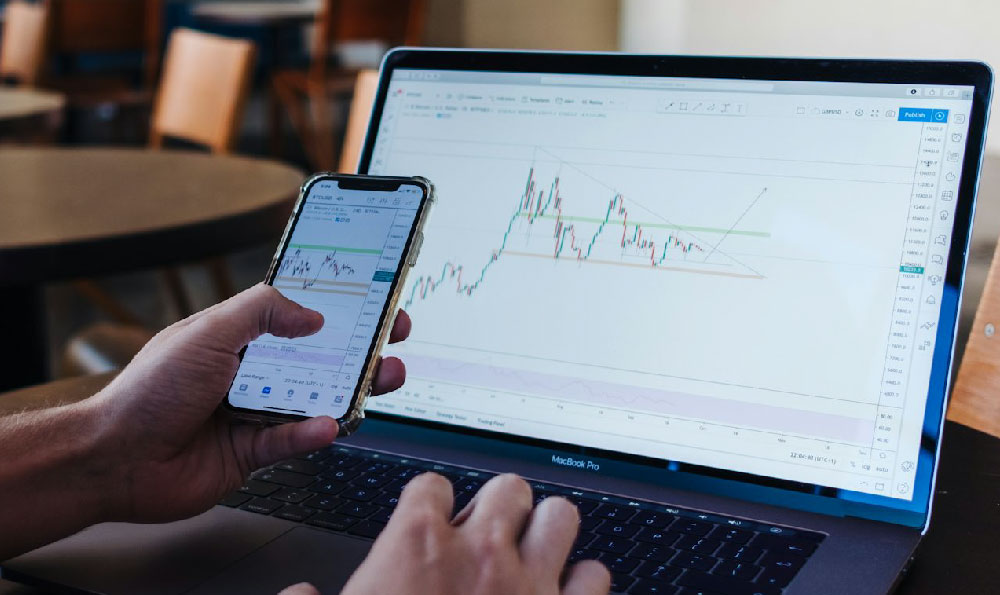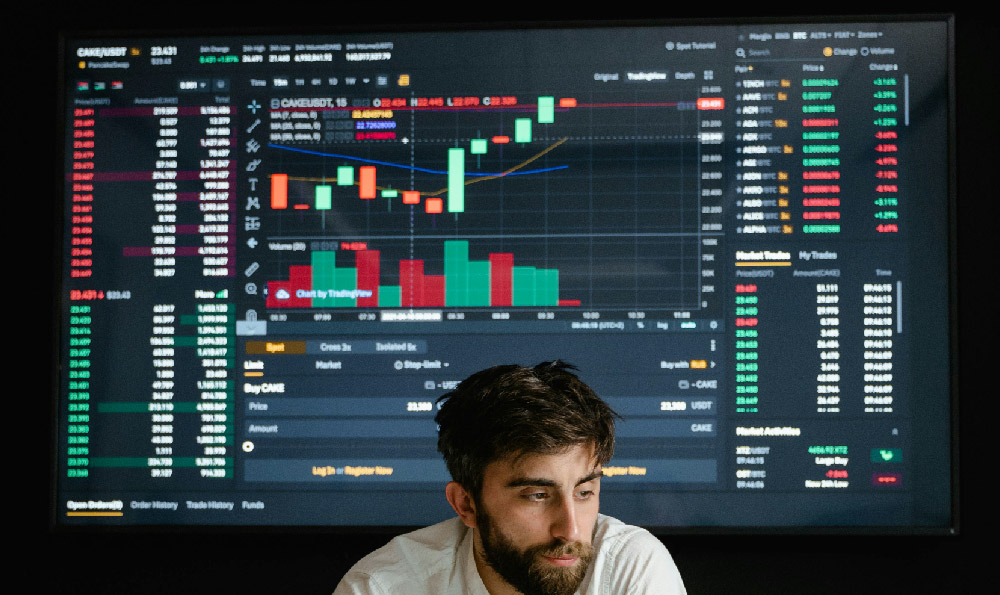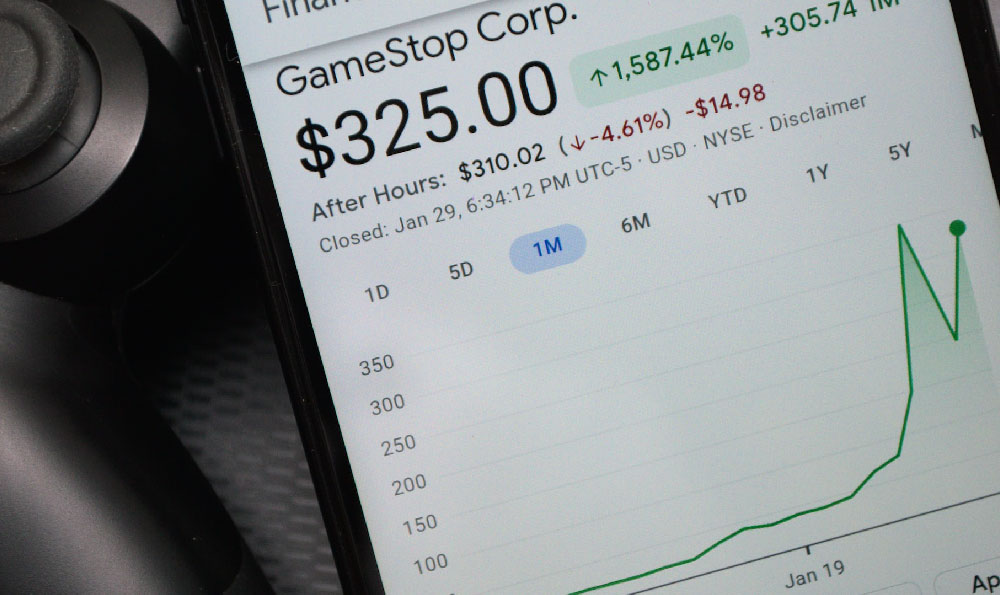Donald Trump's Business Empire: How He Built His Fortune
Donald Trump's Business Empire: How He Built His Fortune
Donald Trump's journey from a struggling real estate developer in New York to a billionaire with a sprawling global business empire is a story that intertwines ambition, strategic acumen, and relentless branding. At the heart of his success lies an ability to identify opportunities where others saw obstacles, often leveraging capital in unconventional ways to transform industries. His approach to business is not merely about property development, but about creating value through a combination of asset management, financial engineering, and cultural influence, all of which resonate with broader principles of investment and wealth creation.
One of the most striking aspects of Trump's business model is his early reliance on debt as a tool for growth. In the 1970s, when he entered the real estate market, he operated in a highly competitive landscape dominated by seasoned developers. Rather than competing on traditional grounds, Trump adopted an aggressive strategy of using borrowed money to acquire and develop properties at a scale that outpaced his competitors. This approach allowed him to purchase buildings at discounted prices during economic downturns, renovate them, and sell them at a profit once demand rebounded. By doing so, he minimized his own financial risk while maximizing returns, a tactic that mirrors the concept of leveraging in investing. For instance, when he developed the Trump Tower in Manhattan, he secured significant loans to fund the project, which enabled him to compete with larger firms and eventually profit from its success. This aggressive use of debt became a hallmark of his business philosophy, even as it later sparked controversy about financial stability.

Another critical element of Trump's strategy is his focus on high-profile, symbolic ventures that serve as both financial assets and brand amplifiers. The Trump brand is not confined to real estate; it extends across luxury goods, entertainment, and media. Each venture, whether a hotel, a golf course, or a magazine, is designed to generate revenue while reinforcing his public image as a successful, albeit controversial, entrepreneur. This dual-purpose approach is akin to diversification in investment portfolios, where assets are chosen not only for their financial potential but also for their ability to create indirect value through brand equity. For example, the Trump University, though later scrutinized for its unethical practices, was intended to serve as a revenue stream while simultaneously promoting his brand. The same logic applies to his television network, which became a platform to showcase his personality and influence, effectively turning his media presence into a capital asset.
Trump's ability to navigate economic cycles is another factor that contributed to his financial ascent. During the 1980s, when the U.S. economy faced stagflation and rising interest rates, he adapted by acquiring distressed assets, including hotels and casinos, at lower prices. This strategy, which involved significant risk-taking, paid off when the economy stabilized, and the properties generated substantial returns. His experience highlights the importance of timing in investment decisions—recognizing market lows and capitalizing on them can be a key differentiator. Moreover, Trump's ventures often benefited from his network of political and business contacts, which he cultivated through decades of public engagement. This combination of insider knowledge and opportunism allowed him to secure deals that were not readily available to others, further solidifying his position in the market.
A unique aspect of Trump's business model is his emphasis on public relations and television exposure. He understood that visibility could be as valuable as profitability, and this insight drove his ventures into media and entertainment. By hosting shows like The Apprentice, he not only attracted a wide audience but also created a platform to promote his business interests. This strategy underscores the importance of branding and narrative in wealth creation, as a strong public image can enhance the perceived value of one's assets and open doors to new opportunities. For example, the association of his name with luxury and success made his real estate properties more appealing to high-net-worth clients, thus increasing their market value.
However, Trump's success was not without challenges. As his empire expanded, so did the scrutiny of his financial decisions. The 1990s saw him grappling with debt obligations, including a $4.6 billion loan for the Trump Plaza in Atlantic City, which ultimately led to the bankruptcy of his company. This episode serves as a cautionary tale about the dangers of overleveraging and the need for prudent financial management, even for those with a proven track record. Despite these setbacks, Trump demonstrated resilience by restructuring his debts, renegotiating terms, and pivoting to more profitable ventures. His ability to adapt and recover from financial crises is a testament to the importance of flexibility and risk mitigation in long-term wealth building.
In the modern context, Trump's business strategies offer valuable lessons for investors. His willingness to take calculated risks, combined with a clear focus on branding and scale, highlights the importance of innovation and differentiation in competitive markets. However, his reliance on debt also underscores the need for balance—while leverage can amplify returns, it can also magnify losses if not managed carefully. Investors can draw parallels between Trump's ventures and their own strategies, particularly in sectors where visibility and brand equity play a significant role. For example, the concept of creating a recognizable brand through media exposure can be applied to digital platforms, where content creation and audience engagement are critical to success.
Ultimately, Trump's business empire is a product of both strategic foresight and cultural influence. His ability to align financial goals with personal branding demonstrates the power of integrating business and marketing in a way that maximizes value. While his approach may not be suitable for all investors, the underlying principles—leveraging capital, creating brand equity, and adapting to changing markets—can be adapted to various investment contexts. By studying his journey, investors can gain insights into how to build and sustain wealth in an ever-evolving economic landscape.















